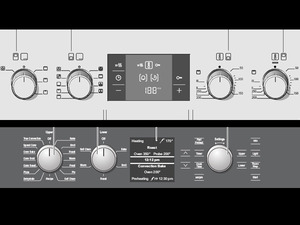Boeing's 787 Dreamliner goal, it seems, was to convert its storied aircraft factory near Seattle to a mere assembly plant, bolting together modules designed and produced elsewhere as though from kits.
The drawbacks of this approach emerged early. Some of the pieces manufactured by far-flung suppliers didn't fit together. Some subcontractors couldn't meet their output quotas...
Rather than follow its old model of providing parts subcontractors with detailed blueprints created at home, Boeing gave suppliers less detailed specifications and required them to create their own blueprints.
Some then farmed out their engineering to their own subcontractors. At least one major supplier didn't even have an engineering department when it won its contract.
Among the least profitable jobs in aircraft manufacturing, he pointed out, is final assembly -- the job Boeing proposed to retain. But its subcontractors would benefit from free technical assistance from Boeing if they ran into problems, and would hang on to the highly profitable business of producing spare parts over the decades-long life of the aircraft. Their work would be almost risk-free, Hart-Smith observed, because if they ran into really insuperable problems they would simply be bought out by Boeing.
What do you know? In 2009, Boeing spent about $1 billion in cash and credit to take over the underperforming fuselage manufacturing plant of Vought Aircraft Industries, which had contributed to the years of delays.
Among the least profitable jobs in aircraft manufacturing, he pointed out, is final assembly -- the job Boeing proposed to retain. But its subcontractors would benefit from free technical assistance from Boeing if they ran into problems, and would hang on to the highly profitable business of producing spare parts over the decades-long life of the aircraft. Their work would be almost risk-free, Hart-Smith observed, because if they ran into really insuperable problems they would simply be bought out by Boeing.
What do you know? In 2009, Boeing spent about $1 billion in cash and credit to take over the underperforming fuselage manufacturing plant of Vought Aircraft Industries, which had contributed to the years of delays.
"I didn't dream all this up," Hart-Smith, who is retired, told me from his home in his native Australia. "I'd lived it at Douglas Aircraft."
As an engineer at McDonnell-Douglas' Long Beach plant, he said, he saw how extensive outsourcing of the DC-10 airliner allowed the suppliers to make all the profits but impoverished the prime manufacturer.
"I warned Boeing not to make the same mistake. Everybody there seemed to get the message, except top management."
2001 paper by Boeing technical fellow LJ Hart-Smith.
Felix Reuters
Michael Hiltzik has a fantastic column on Boeing's outsourcing disasters in the LA Times.
